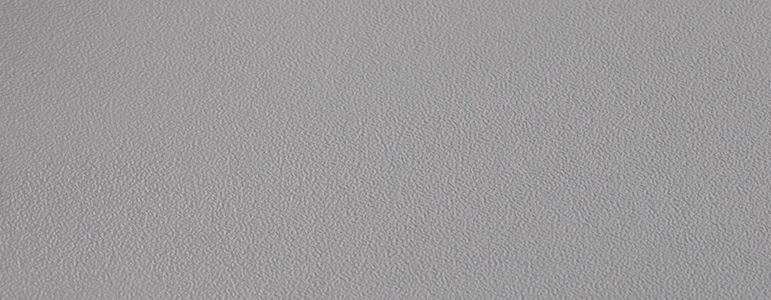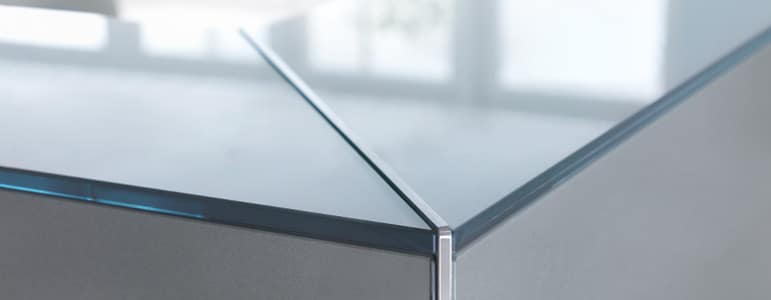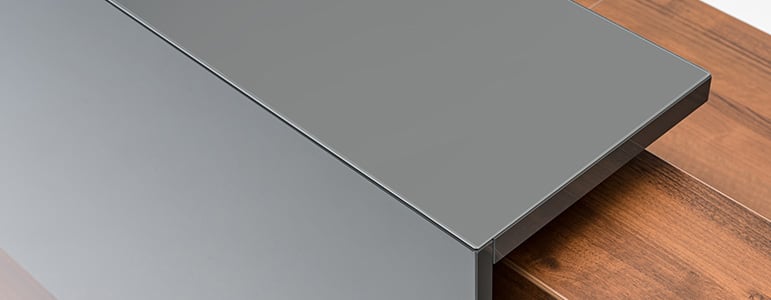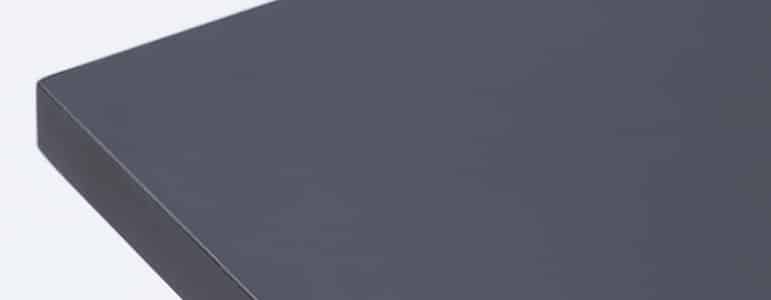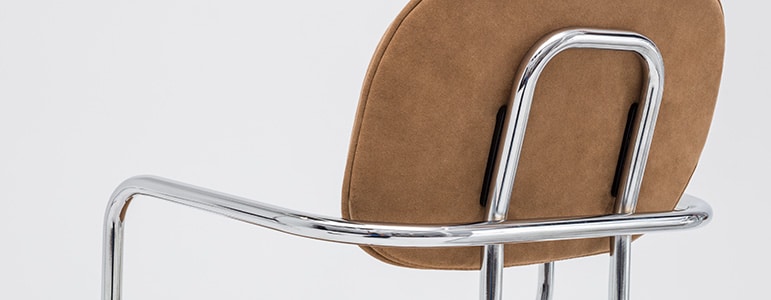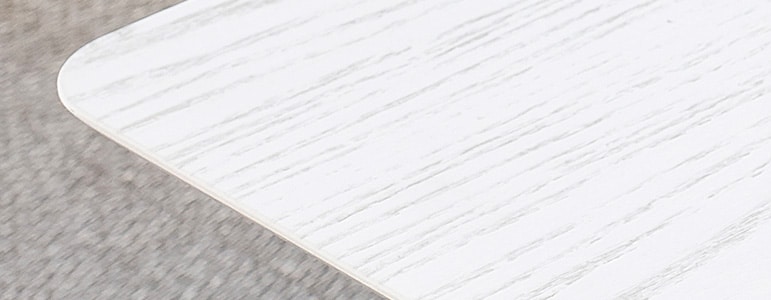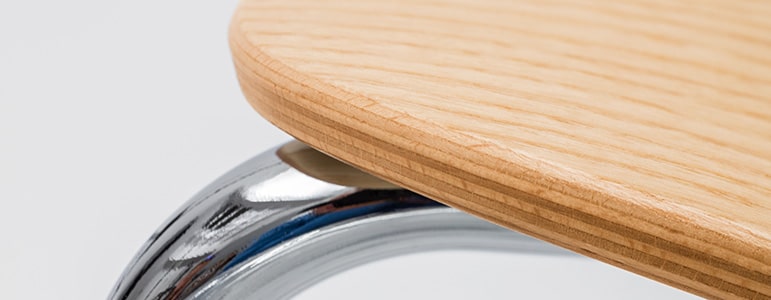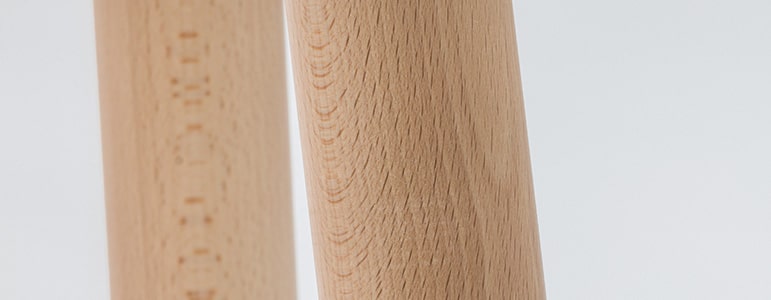Skip to content
Mounting
Follow the assembly instructions.
Use a clean and level surface to assemble the pieces of furniture.
Make sure that the assembly surface is free from any elements that could damage the furniture.
Mount the fittings on a hard surface.
Level the furniture before using it
Usage
Use all pieces of furniture in the purpose for which they were produced.
Do not step on the furniture. Apart from causing possible damages, you are also at risk of injuring yourself.
Do not hang cabinets above the work-stations.
Close the drawers and cabinet doors after you extract the needed items.
Do not overload the shelves of the cabinets.
Avoid placing hot objects on the work surface (use drink coasters).
Do not leave the furniture to come in direct contact with liquids. Immediately remove any liquid spilled on the surface.
Avoid using objects and substances that can stain, leave traces or damage the furniture.
If you need to use chemicals for furniture maintenance, it is required to previously test them on a small surface and in a less visible place, in order to avoid damages.
Do not touch the halogen lighting or bulbs directly with your hands.
Temperature and humidity conditions
Use the furniture only inside, away from harmful weather conditions, and in a room temperature between +15 and +35 °C.
Avoid placing the furniture in areas that are exposed to direct sunlight.
Do not use the furniture in high humidity conditions.
Avoid placing the furniture in the immediate vicinity of heat sources.
Move
Do not move the furniture with a full load.
When moving the furniture, do not hold it by the tabletop. This could lead to structure damages.
Melamine
Protect the furniture against direct contact with water and other liquids, heat, alcohol and solvents.
Avoid heavy contamination.
Remove dirt and dust with a wet cotton cloth at least once a month. After cleaning, wipe the surface with a dry cloth.
For cleaning, use only agents that are intended for melamine.
Do not clean the surfaces with alcohol-based agents, glass cleaners and oiling agents.
Do not use preserving or polishing solutions, oils, scratching or corrosive chemicals.
Glass
Use only cleaners that are intended for glass.
Do not spray the cleaner directly on the glass and especially at the edges. The liquid can get under the surface and cause paint splashes.
Apply the glass cleaner on a gentle fabric and wipe the glass surface. After cleaning, wipe with a dry cloth until the surface is glossy.
A hydrophobic coating can be used to prevent stains.
HPL
Do not use solutions that contain alcohol, acetone or ammonia to clean the surfaces.
Avoid excessive cleaning that can damage the surfaces.
Remove immediately any stain or dirt.
Remove dirt and dust with a wet cotton cloth at least once a month. After cleaning, wipe the surface with a dry cloth.
Polaris Laminate
Use a wet cloth for daily care of laminate worktops.
Upholstered furniture General upholstery
Clean with a vacuum cleaner that is provided with a soft brush.
Remove stains immediately by using a damp cloth and upholstered furniture cleaning solution.
Always use the proven cleaning solutions according to the instructions of the manufacturer.
Alcantara fabric
Do not steam clean or mechanically dry the upholstery.
Clean the Alcantara fabric gently with a white damp cloth. Moisten the cloth with warm but not hot water.
In case of difficult stains (blood, wine, chocolate), apply as soon as possible a clean tissue to absorb most of the liquid.
Do not wet or rub the upholstery.
Use special Alcantara fabric care substances to protect the material against re-soiling.
Metal
Clean with a damp cloth.
Avoid that glass cleaners or other cleaning agents reach the metal surfaces.
Avoid abrasive cleaners, as these can deteriorate the finish.
In case of deep scratches on the topcoat of the paint, the place must be protected against moisture by using mortar varnish. If corrosion has occurred at the damaged area, remove the rust before applying the varnish.
Fornir/ Veneer
Protect the furniture against direct contact with water and other liquids, heat, alcohol and solvents.
For cleaning, use only agents that are intended for veneer.
Do not clean the surfaces with substances that are based on alcohol, ammonia or other chemical solvents that can discolor or damage the veneer.
Do not use preserving or polishing solutions, oils, scratching or corrosive substances.
Clean the surfaces with a slightly damp cloth. Use a gentle cloth as the veneer is sensitive to scratches.
Do not allow moisture to get under the veneer. This can lead to a peeling off process.
Plywood
Clean dirt and stains with a slightly damp cloth.
When cleaning the plywood, use gentle materials to avoid damaging the surface.
Do not rub the surface with abrasive materials or hard objects.
Wood
Use only cleaning substances that are marked as intended for wooden surfaces care.
Clean the surfaces with a slightly damp cloth and wipe dry immediately.
Do not wet the surfaces.
When cleaning, use a soft cloth made out from natural fibers.
The room humidity where the furniture is located must not exceed the range between 40 – 60%.

